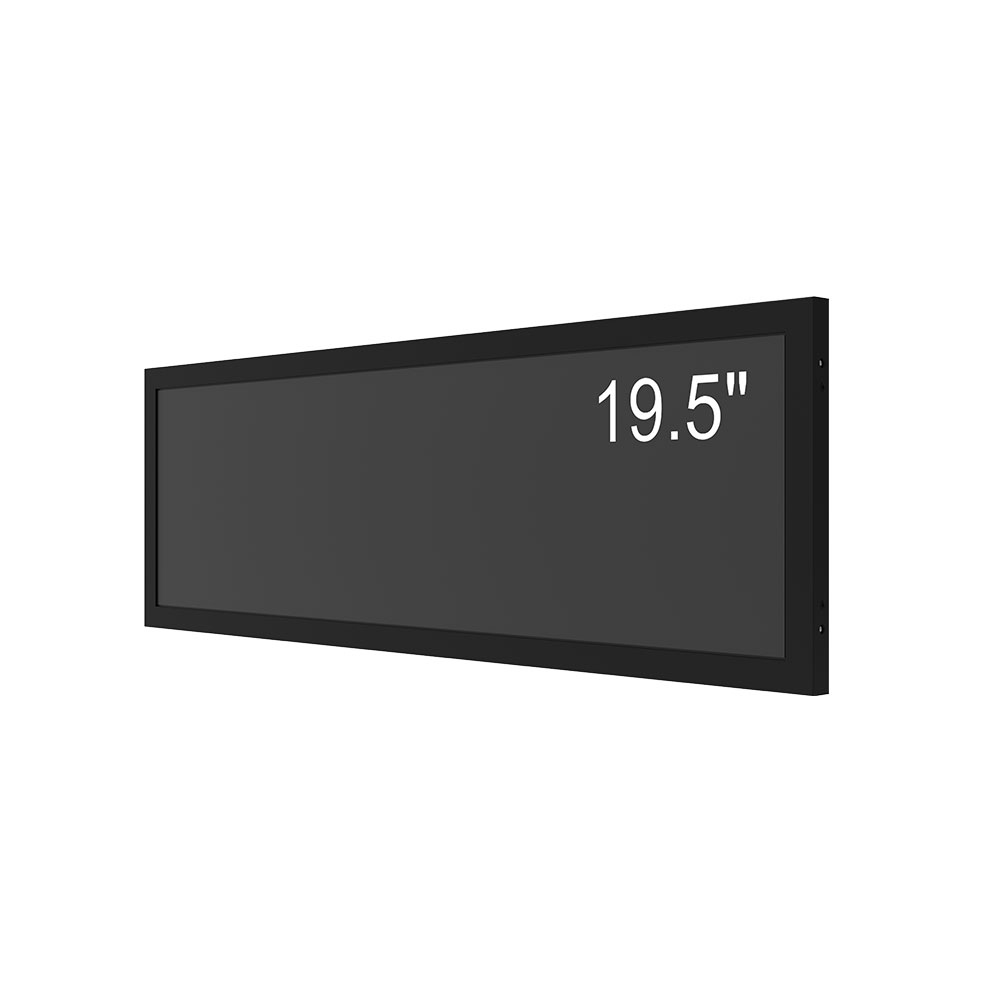Sunlight-readable high-brightness LCD displays are essential in outdoor industrial environments where visibility under direct sunlight is critical. These screens are engineered to maintain clarity, contrast, and color accuracy even under extreme lighting conditions—such as those found in construction sites, transportation hubs, or solar farms. The key to achieving reliable performance lies in a combination of advanced backlighting technologies, specialized display materials, and intelligent optical design.
Modern high-brightness LCDs typically exceed 5,000 nits of peak luminance, far surpassing standard indoor displays (which usually max out at 300–500 nits). This is achieved through the use of high-efficiency LED arrays, often with distributed light guides that ensure uniform brightness across the entire panel. In addition, anti-reflective coatings—such as nanostructured glass or multi-layer dielectric films—are applied to minimize glare from ambient light. These coatings reduce surface reflection to less than 1%, ensuring readability even under direct sun exposure.
For robustness in harsh environments, manufacturers adhere to international standards like IP65 (dust-tight and protected against water jets) and MIL-STD-810G (for shock, vibration, and temperature extremes). The use of ruggedized casings, sealed connectors, and wide operating temperature ranges (-20°C to +70°C) ensures longevity in field applications. Furthermore, modern designs incorporate automatic brightness control (ABC), which dynamically adjusts screen luminance based on ambient light levels—a feature that reduces power consumption by up to 40% while preserving readability.

Case studies from the energy and transportation sectors confirm that these displays significantly improve operational safety and efficiency. For example, a solar farm in Arizona deployed high-brightness LCD panels for monitoring inverters and battery systems; operators reported a 90% reduction in misreadings during midday operations compared to standard displays. Similarly, in maritime applications, marine-grade LCDs with enhanced corrosion resistance have been shown to last over 10 years in saltwater environments without degradation in image quality.

As global industries move toward digital transformation, the demand for reliable, sunlight-readable displays continues to rise. Engineers must now consider not only luminance but also long-term durability, power efficiency, and human factors such as color fidelity and viewing angles. With ongoing advancements in OLED-backlit LCDs and quantum dot technology, future displays will offer even higher contrast ratios and better energy efficiency—making them indispensable for next-generation outdoor automation systems.







